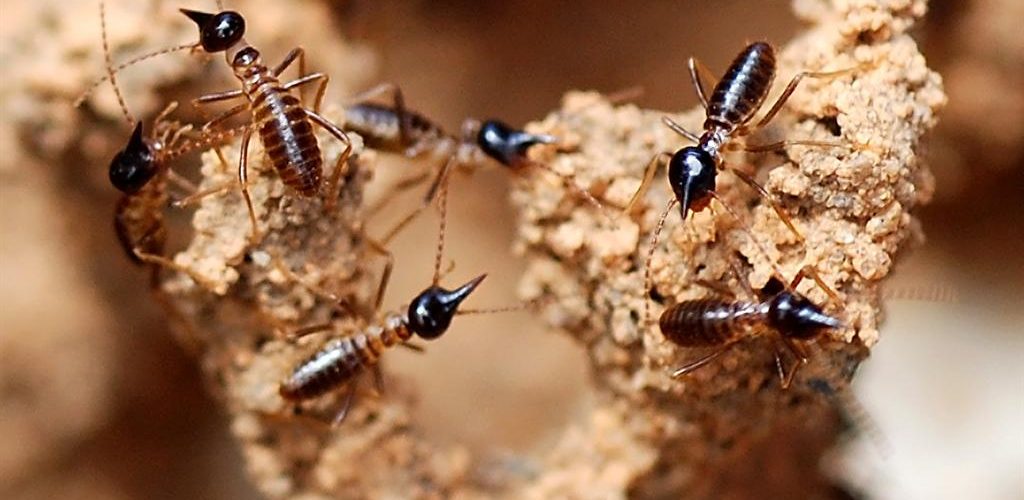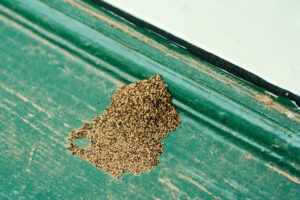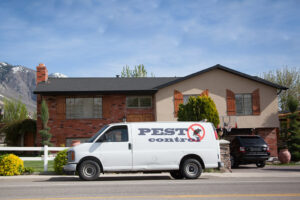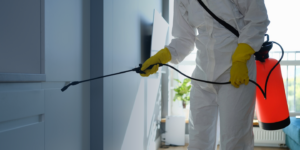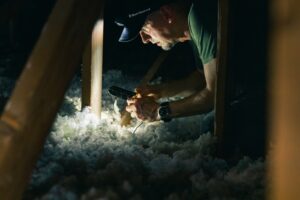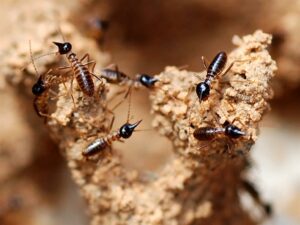For homeowners in the United States, few pests strike fear quite like termites. These silent invaders can wreak havoc on properties, causing extensive structural damage and significant financial losses. Identifying termites early is crucial in preventing a full-blown infestation and minimizing the damage they can inflict. In this article, we will provide a comprehensive guide on how to identify termites, empowering homeowners to take proactive measures against these destructive insects.
Understanding the Threat of Termites
Termites are small, social insects that feed on cellulose-based materials, such as wood, paper, and cardboard. They thrive in moist environments and prefer dark, concealed spaces, which makes detecting their presence a challenging task. The three most common types of termites found in the US are subterranean, drywood, and dampwood termites, each with distinct habits and nesting preferences.
Recognizing Physical Characteristics
Termites share some similarities with ants, leading to occasional confusion. However, several key physical characteristics set them apart. Termites have straight, bead-like antennae, whereas ants’ antennae are bent or elbowed. Moreover, termites possess a thick waist and equal-length wings, while ants have a narrow waist and wings of different lengths. Observing these differences will help you distinguish between the two pests.
Identifying Termite Swarmers
Termite swarmers, also known as reproductive termites, are a telltale sign of an established colony. These winged insects emerge en masse in the spring, usually after a rain shower, seeking to establish new colonies. During the swarm, they shed their wings, leaving behind piles of discarded wings near windowsills and light fixtures. Spotting swarmers is a strong indicator of an existing termite problem.
Noticing Mud Tubes
Subterranean termites build mud tubes to protect themselves from predators and maintain a humid environment. These pencil-sized tubes, commonly found near the foundation of a home, act as highways connecting their underground nests to sources of food aboveground. If you notice these tubes crawling up walls or along the ground, it is a clear sign of an active termite infestation.
Investigating Wood Damage
Termites feed on wood from the inside out, leaving a thin veneer of wood or paint on the surface. Tapping or probing suspected areas with a screwdriver can help you determine if the wood is hollowed out or compromised. Pay close attention to wooden structures like window frames, door frames, floorboards, and beams, as termites prefer these areas for their feeding and nesting activities.
Tracing Frass Deposits
Drywood termites produce wood-colored pellets known as frass, which they push out of their galleries. These tiny fecal pellets can accumulate around infested wooden items or in corners, resembling sawdust or sand. Regularly inspecting areas where frass is likely to accumulate, such as windowsills or baseboards, can provide early warning signs of an infestation.
Listening for Clicking Sounds
Soldier termites make a soft clicking sound when disturbed, using this noise as an alarm to alert the colony. To detect this sound, place your ear against a hard surface near a suspected termite nest. However, this method may require a trained professional, as termites are sensitive to vibrations and may stop making noise if they sense human presence.
Seeking Professional Assistance
While these identification methods can help you detect a termite infestation, enlisting the services of a pest control professional is highly recommended for a thorough inspection. Trained experts can identify subtle signs of termite activity, assess the extent of the infestation, and implement effective treatment strategies to eradicate the pests and prevent future recurrence.
Conclusion
Identifying termites in the early stages of an infestation is crucial to protect your home and property from extensive damage. By recognizing physical characteristics, looking for swarmers, examining mud tubes and frass deposits, and paying attention to wood damage, you can increase your chances of detecting these silent invaders. Always remember that the assistance of a professional pest control expert is essential for a comprehensive inspection and effective treatment plan. By staying vigilant and taking proactive measures, homeowners in the US can safeguard their homes against the threat of termites and enjoy peace of mind.
